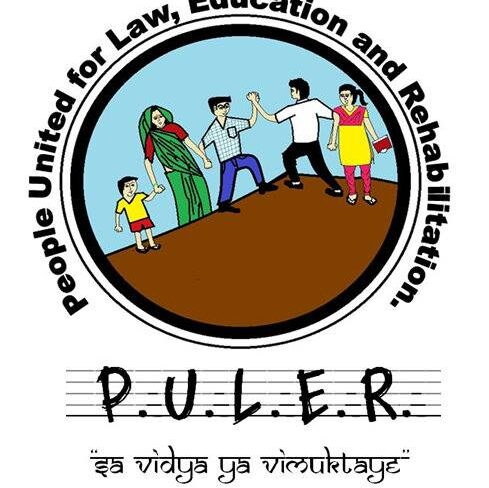INTRODUCTION
As we have completed the first quarter of the 21st century, the budget of 2025-26 would be the 73rd annual budget of India. The first budget was presented in 1947 and this would be the 8th consecutive time Smt. Nirmala Sitharaman is presenting the budget in the Indian Parliament. While presenting the speech the finance minister mentioned the great telugu poet Gurajada Apparao’s quote, ‘Desamante Matti Kaadoi, Desamante Manushuloi’; which means that a country is not just its soil, a country is its people’ and this line summarizes the vision of this union budget. This budget mentions the next 5 years as a unique opportunity to attain ‘Sabka Vikas’ facilitating balanced growth in all the regions. In line with this, Viksit Bharat comprises of –hundred percent good quality school education. With prioritizing on increasing access, improving research, incorporating technology, and promoting skill development, the Union Budget 2025–2026 demonstrates a strong commitment for upliftment of India’s educational system. The government’s strategy is in line with the National Education Policy (NEP) 2020, which seeks to provide an inclusive educational system which is prepared for the future.
IMPACT OF THE BUDGET ON EDUCATION
For the journey of development in this fiscal year , our four powerful engines are :Agriculture, MSME, Investment, and Exports. Investment as the 3rd engine, encompasses investing in people, investing in the economy and investing in innovation. India’s education system has witnessed several reforms over the years, with a focus on improving government schools in rural areas. The budget talks about investing in people, this is the sector of schemes which are targeted for providing support and facilitating progress of the education system in India. The Union Budget 2025-26 has introduced a series of schemes which aims at strengthening infrastructure, digital learning, and training of the teachers.
This budget is to create a profound impact on India’s education system by addressing long-standing challenges and accompanying in a wave of modernization and inclusivity,with a record allocation of funds, this budget will drive significant infrastructural and intangible improvements in government schools by upgrading classrooms, laboratories, and safety measures—which will directly enhance the learning environment. This budget aims to bridge the urban and rural digital divide, ensuring that even schools at rural and remote areas have access to high-speed internet and quality online educational resources at one touch.
Saksham Anganwadi and Poshan 2.0
This scheme seeks to upgrade traditional anganwadis into “Saksham Anganwadis”, which are equipped with better infrastructure, smart learning modules, and improved sanitation.it also aims for Improving pre-primary education in Anganwadis guarantees a seamless transfer to official education.
This is one such scheme which gives hands on learning, it is an initiative which was launched under the Atal Innovation Mission (AIM) by NITI Aayog to foster a culture of innovation and entrepreneurship among school students all over in India. It aims to equip students with 21st-century skills which help in problem-solving, critical thinking, and creativity by providing access to state-of-the-art STEM (Science, Technology, Engineering, and Mathematics) facilities. This union budget has announced a major expansion of the scheme,with a goal of setting up 50,000 new labs in government Schools across India over the next 5 years. This action seeks to close the innovation divide between public and private schools and encourage more students from disadvantaged and rural areas to consider STEM-related vocations. Encourage invention at a young age to help India realise its goal of being a global centre for technology.
Broadband Connectivity to Government Secondary Schools and PHCs
In the scheme the budget aims to place a strong emphasis on digital inclusion by accelerating broadband connectivity in government secondary schools and Primary Health Centers (PHCs) under the BharatNet Project. This initiative aims to bridge the urban-rural digital divide and empower students and healthcare facilities with high-speed internet access. Government Schools will be able to integrate online education platforms, e-learning portals, and PM e-Vidya for interactive digital education. These initiatives build upon earlier efforts like, National Digital Literacy Mission (2014) – which is focused on training people in rural areas on digital skills and PM-WANI (2020) – which is aimed at providing public Wi-Fi in rural regions.
The Union Budget 2025-26 is a notable shift from the previous year’s conserved strategy, allocating an unparalleled ₹78,572 crore to school education which is the largest funding ever given to enhance government schools throughout India. The previous year’s budget sustained consistent funding for existing programs, whereas the current budget not only increases investment but it also enhances digital connectivity by extending high-speed broadband through the BharatNet Project to all government secondary schools and PHCs, and it also amplifies PM e-Vidya 2.0 for improved digital learning. Furthermore, the ambitious effort to create 50,000 Atal Tinkering Labs within the next five years represents a significant advancement in STEM education, markedly differing from the restricted nature of earlier programs.

Leave a Reply